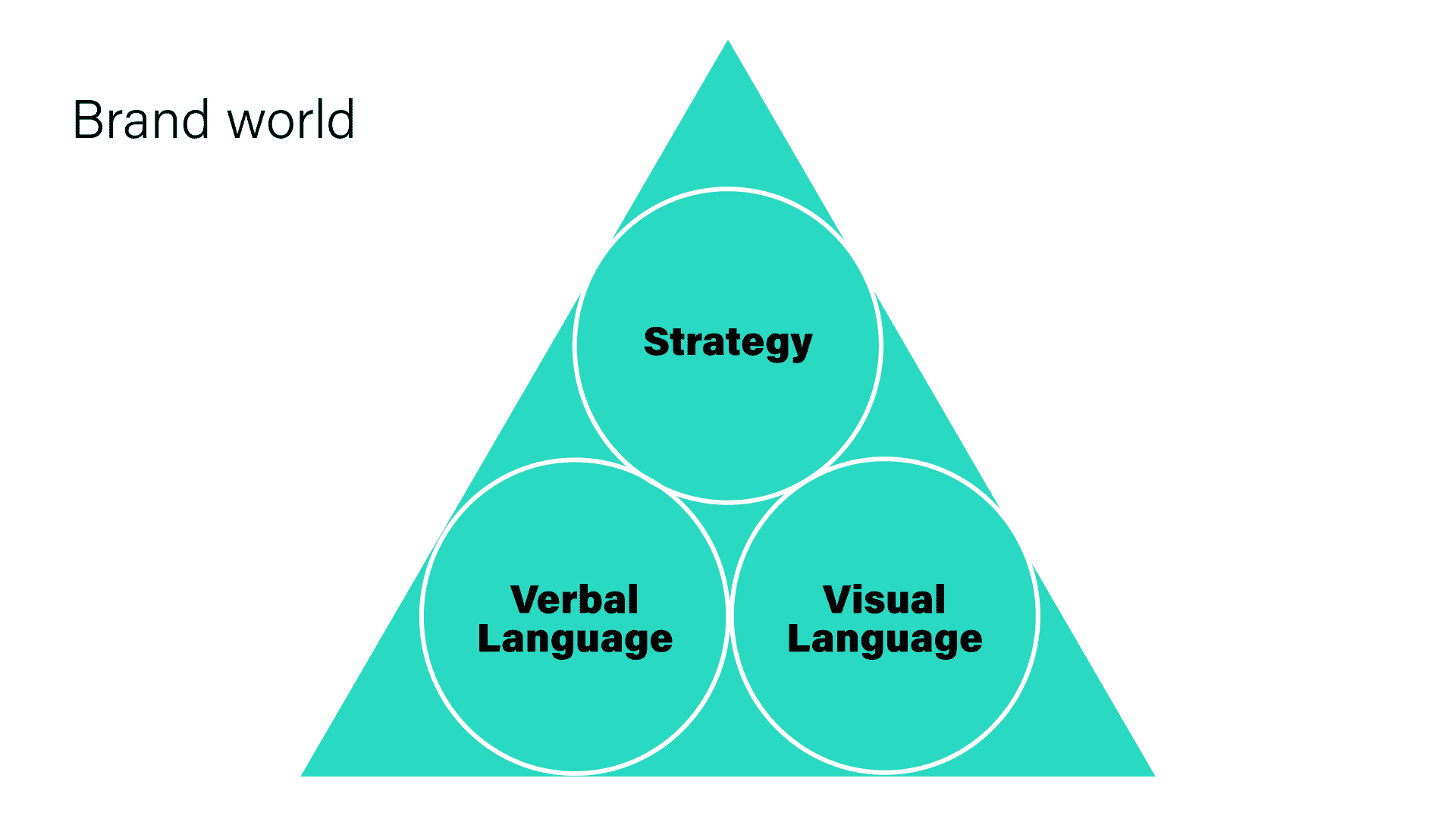The real estate market is growing at an astonishing rate. For this reason, we decided to ask Piotr Wiśniewski, Creative Director at Admind, what home branding is. Read on and find out how to make clients choose your real estate brand over the competition.
What is home branding in your opinion?
Piotr Wiśniewski: Firstly, it’s worth to emphasise that we’re talking about the branding of the real estate, not a real estate developer. What’s the difference? When we talk about the second one, we have in mind a longer-term brand strategy. It’s the same scenario that applies to global brands that surround us. When we at Admind create a branding strategy for them, we think five or even ten years ahead, plan certain steps and to build brand consistency. On the other hand, in the branding of real estate, the brand strategy is short-termed, because it starts from the moment when investment begins and ends when the last flat is sold. If we compare developer and real estate brand strategies – they also differ in their goal and the tools used to achieve it.
A real estate developer’s branding aims to build a credible brand, by collecting customer reviews or referrals. For the real estate itself, the focus should be more on the needs of the product’s audience, i.e. future residents. This is where storytelling works perfectly – the use of stories in brand communication.

What do people look for when making buying decisions?
Piotr Wiśniewski: If we ask people what they pay attention to when buying a flat, they will probably answer: price per square meter, localization, number of rooms, or eventually floor.
These are very rational factors. Yet research by Gerald Zaltman, a Harvard professor, shows that as humans we are not as rational as we claim to be. Of course, we try to rationalise our choices, but in real life, it seems that 95% of our purchasing decisions aren’t logical. People are unconsciously guided by their emotions. Sometimes they influence our purchasing decisions even more than the rational factors, such as product features. Of course, I don’t want to convince people that they can’t take any rational factors into account when choosing a flat – this is not true.
However, if there are two very similar real estates to choose from, e.g. in the same street and of the same standard, the developer can use branding to convince people to choose his investment. It works the same way as choosing between Coca-Cola and Pepsi. We have two drinks with almost identical tastes and a similar price. What makes some consumers choose one product and some choose the other is the brand and the story behind it.
In that case, what tools do we have to create this story?
Piotr Wiśniewski: A strong brand consists of 3 areas: brand strategy, brand communication – the way the brand communicates (verbal language), and visual language – the way it presents itself. Brand strategy is nothing else than the answer to the question: What is our brand about? Why should people choose our estate and not the competition? It’s necessary to define the purpose of the brand and its values, i.e. what distinguishes our real estate branding from others.
Another point is verbal language, in other words, what we say and how we say it. A fantastic home branding tool to use is storytelling. As we know, people love stories. Our brain works differently when listening to a narrative than when processing cold facts. Well-formed stories about a brand allow you to communicate to your audience. It may show how this product fits into their lives and thus influence their purchase decision. This is the key – to create a story where you place the potential customer right in the middle, as the main character. Then they can feel that the product fits them and it may positively impact their life. For real estate brokers, branding is a brilliant tool. They are offering something that is often one of the most important elements of life for everyone. Therefore, the opportunities are enormous.
The final piece of the puzzle is a visual language – how the brand looks. Research shows that the first impression of a brand is 94% based on visual language. Therefore, every visual element should be well thought out: logotype, colour palette, typography, illustrations, photo styles.
That’s why we, the branding experts, encourage to create consistent visual identity systems. They’re there to attract attention, to help to recognize, and to encourage potential customers to get to know the brand story and its message.

What role does branding strategy play in this process?
Piotr Wiśniewski: I believe that a well-prepared branding strategy is created at the stage when the idea of building a property arises. It’s often the case that first a building is created and then the company thinks about the communication strategy adaptation. It’s the same situation with other products. Instead, we should think about why we are creating an investment even before the construction begins, (apart from the desire to make money, of course). Also what value it will give to the recipients and what will be unique about it.
How to create the perfect narrative around a brand?
Piotr Wiśniewski: Seth Godin once said, that people buy stories, not things. This is perfectly illustrated by the story of Joshua Glenn and Rob Walker, who created SignificantObjects.com a few years ago. Its purpose was to conduct an experiment and see if stories actually increase the value of a product. The founders bought all sorts of totally worthless items at garage sales and then hired copywriters to create a story for each one. In the end, they sold these items, achieving fantastic sales results. They managed to multiply the value of each item several times over. This proves that people like stories and by using them in the real estate industry, it’s easier to convince people to buy a property.
And how to create an effective narrative around a brand?
Piotr Wiśniewski: I would point out four points that are important when crafting a perfect one. Firstly, understand your target audience – what they feel, what they want, and what they fear.
The second step is to present the problem that the recipient is facing. If you get to know the problem beforehand, it will be easier to visualize it and present a solution.
The third element is to step into your customer’s shoes. You have to adapt the story to their perspective. Forget for a moment about the fact that you are a real estate broker, just think from the perspective of your buyer persona. So, for example, instead of using cold, hard facts (e.g. about the size of the flat), let’s figuratively describe that you offer them a place which is sufficient for the whole family to live comfortably.
The final point is the simplicity of communication. We all have a tendency when we have to say a lot, we want to say it all at once and then the message gets blurred. The story has to be very clear and simple, so you just have to go for one idea, one concept. It’s all about making sure that the recipient doesn’t get lost in your brand message.
You can sign up to the webinar about home branding on akademiarynekpierwotny.pl.

